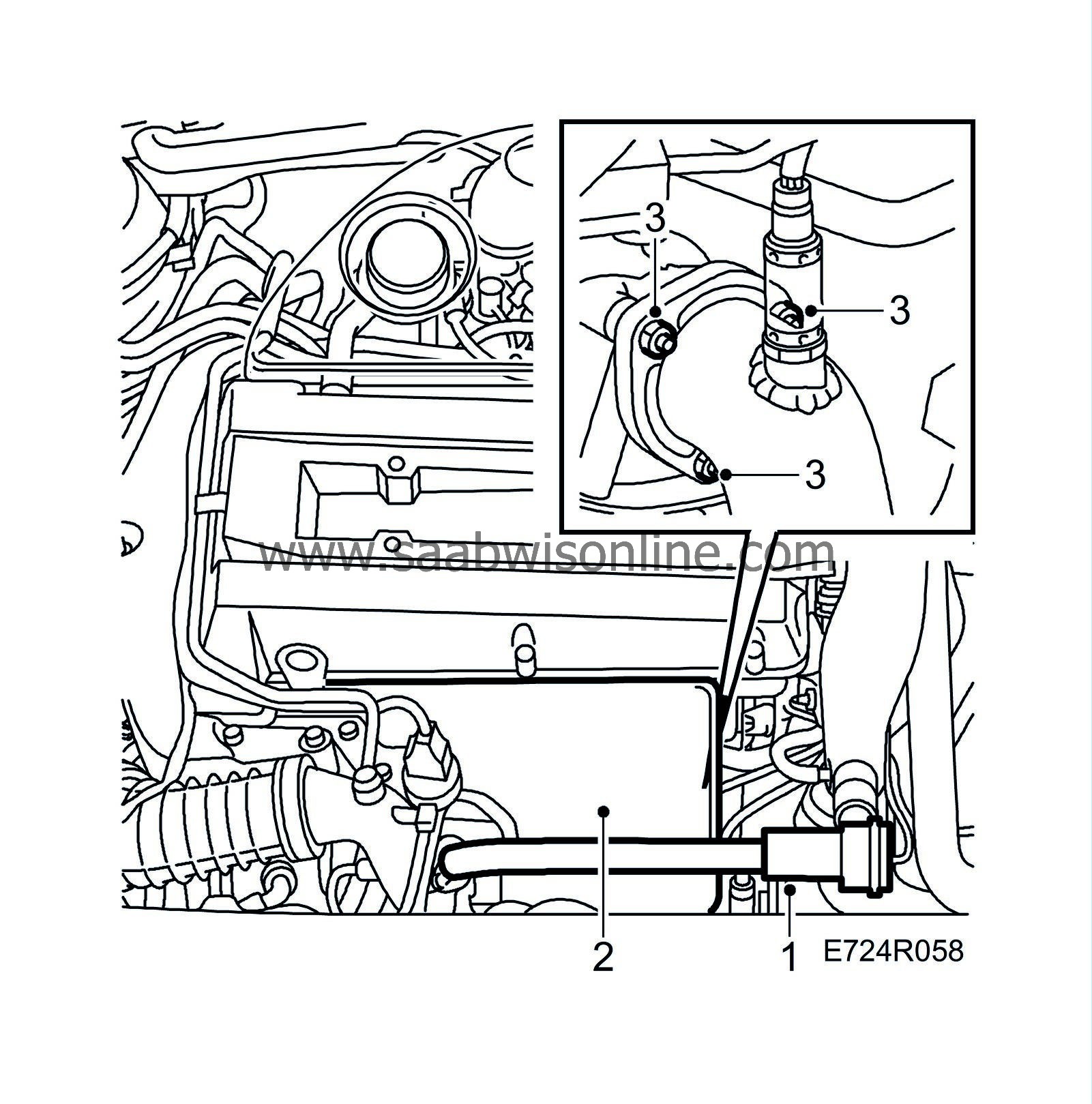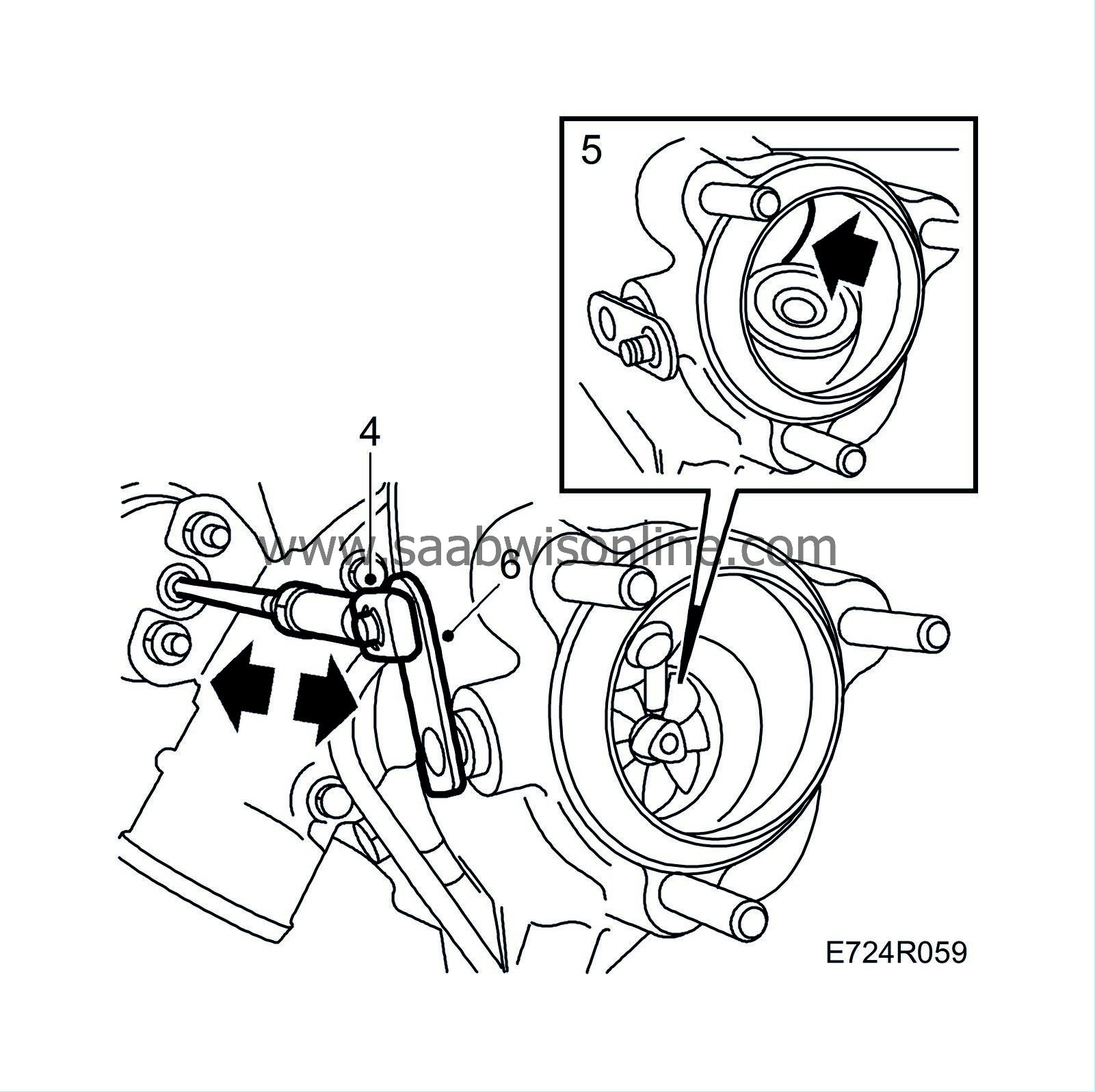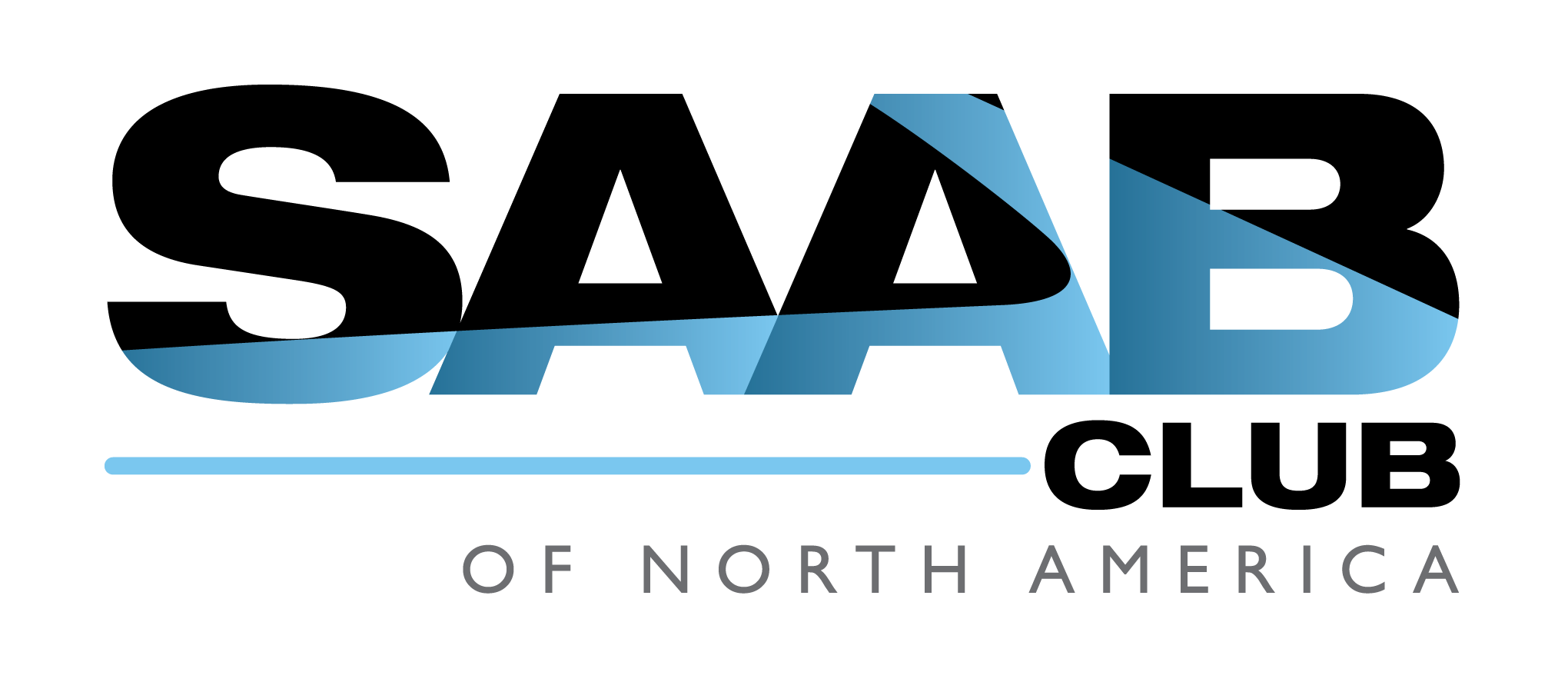Checking the turbo pressure regulator
|
|
Checking the turbo pressure regulator
|
 Warning
Warning
|
|
Be careful if the car is warm. The coolant is hot and there is a risk of burns from the intake manifold.
|
|
|
|
|
|
If the basic boost pressure cannot be adjusted, check the pressure regulator as follows:
|
1.
|
Undo the hose clip on the turbocharger pressure pipe and bend the bypass pipe aside.

|
|
2.
|
Remove the exhaust manifold heat shield. The heat shield is attached with a nut and two clips on the underside.
|
|
3.
|
Undo the three bolts securing the front exhaust system to the turbo.
|
Important
|
|
The flexible bellows on the front section of the exhaust system must not be bent more than 7° from its neutral position. This means that it must not be bent more than is caused by its own weight when the front exhaust system is left hanging.
|
|
If the pipe is strained too much its components can be permanently deformed. This will result in noise, leakage and an eventual breakdown.
|
|
|
|
|
4.
|
Remove the retaining ring and unhook the pushrod from the valve control arm.

|
|
5.
|
Observe whether the flap valve abuts firmly against the turbine housing. Check for carbon deposits, etc.
|
|
6.
|
Check that the arm moves easily.
|
|
7.
|
Refit the retaining ring and hook on the pushrod.

|
|
8.
|
Fit the front exhaust system to the turbo. Lubricate the studs with Molykote 1000 (part no. 30 20 271).

Tightening torque: 25 Nm (18.4 lbf ft)
|
Important
|
|
When fitting the front exhaust system to the turbo, the nuts should be tightened alternately to avoid distorting the flange. The flange must not abut against the turbo connection flange.
|
|
|
|
|
9.
|
Mount the heat shield. Press on the left-hand clamp first. Coat the stud with Molycote 1000 (part no. 30 20 971).
|
|
10.
|
Mount the bypass valve with pipe. Fit a new O-ring, greased with non-acidic vaseline.
Tightening torque: 8 Nm (5.9 lbf ft)
|




 Warning
Warning


